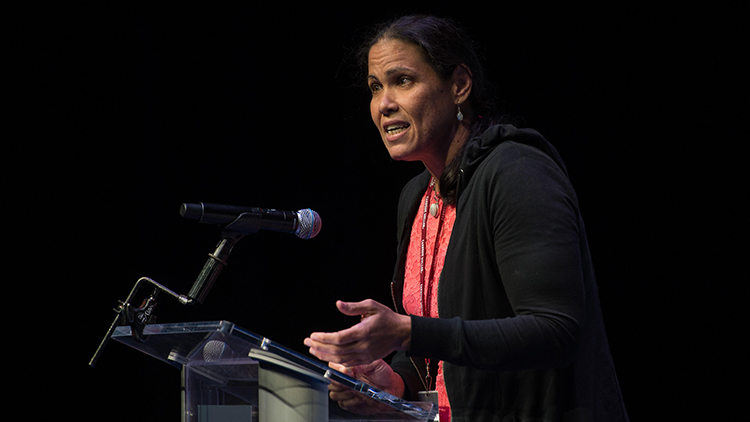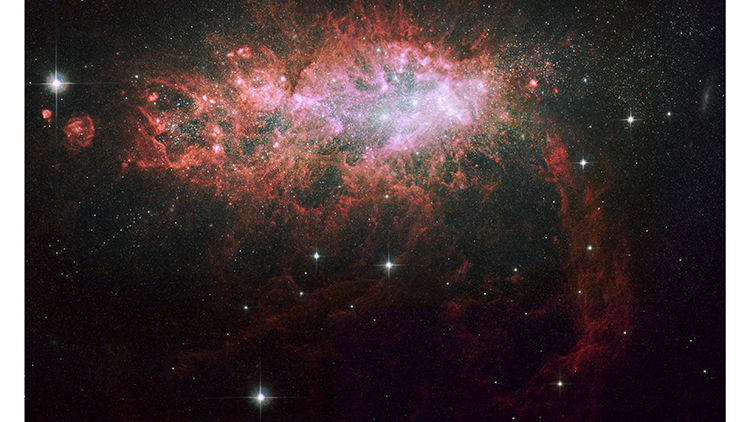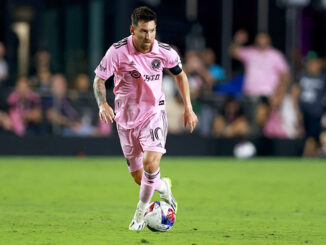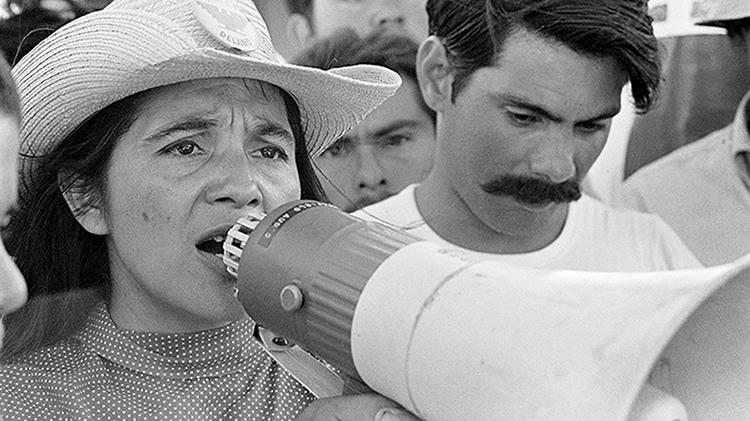
Ever since she was a child, Wanda Díaz-Merced knew she wanted to be a scientist. While growing up in a small town in Puerto Rico, she and her sister took imaginary trips to faraway galaxies. In middle school, she won second place in a science fair. In college, she studied physics and began to focus on astronomy.
But in her 20s, Díaz-Merced faced a huge obstacle: she lost the ability to see. Astrophysicists (scientists who study properties of stars and other objects in the universe) depend on their sense of sight. How could Díaz-Merced continue to study the universe if she could not look through a telescope or see a graph showing data about stars?
Another Way to Represent Data
She found another way to get the information. Most graphs are visual; they help astronomers see relationships and patterns in data. For example, an upward curve of a line can show that the brightness of a star increases over time. Díaz-Merced realized that the data represented on graphs come from sets of numbers—and if these numbers could be visually represented and seen, they could also be heard.
Sonification is the use of sound to represent data. It had been around for almost 100 years, but never widely used. Díaz-Merced developed software that turned large sets of data about stars into sound. She assigned each piece of data its own sound, using different pitches, volumes, and rhythms. Now she could listen to the data. She could study the universe through sound.
A More Complete “Picture”

Through her use of sonification, Díaz-Merced discovered something interesting. She found that she could hear patterns in the data that her sighted peers couldn’t see. She says that studying the universe through visually represented data alone can lead to missed discoveries.
Díaz-Merced is working to make astronomy accessible to everyone. But she’s also hoping that more astronomers incorporate sonification into their work to gain a more complete “picture” of the universe.
What Do You Think? What are some other ways sonification could be used?
Reading Response Click on this link to respond to your reading. Print out the response page or upload it to your classroom site.
Photo Credit: (t)NG Images/Alamy Stock Photo,(b)NASA, ESA, the Hubble Heritage Team (STScI/AURA), and A. Aloisi (STScI/ESA)



